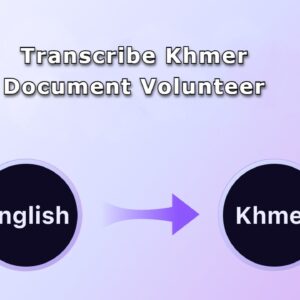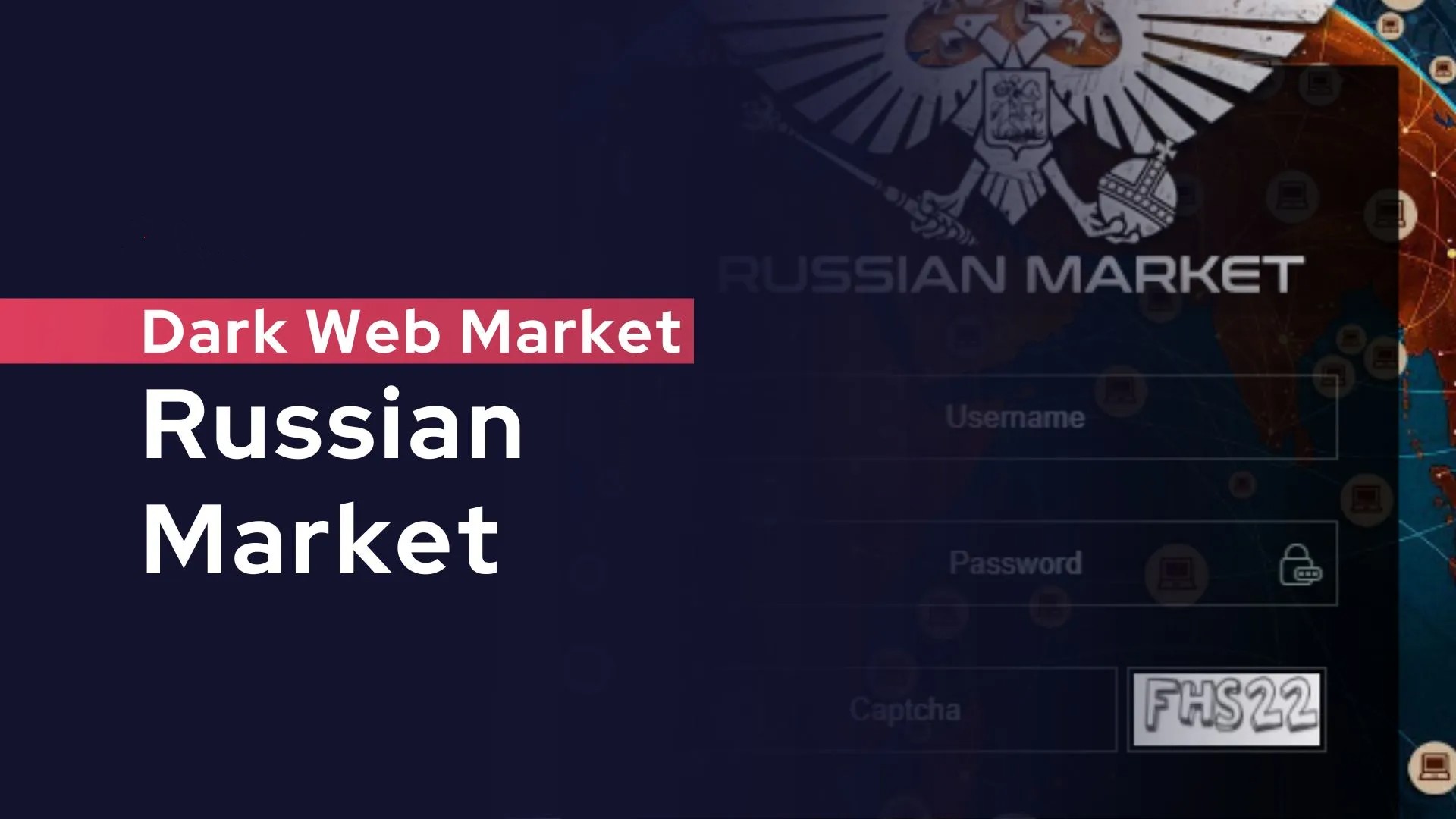Imagine sitting in a cozy corner of a bustling café, sipping coffee while an elderly gentleman next to you shares fascinating stories from his past. He pulls out an old, fragile document in Khmer, and you feel a sudden urge to help preserve his legacy for future generations. This guide will navigate you through the rewarding journey of becoming a Transcribe Khmer Document Volunteer, highlighting the skills you’ll need, the impact of your work, and how to engage with communities in meaningful ways.
Understanding the Importance of Transcribe Khmer Document Volunteer
The act of Transcribe Khmer Document Volunteer holds profound significance. Why is this so? Khmer documents are not just pieces of paper; they are vital links to a rich cultural heritage. They tell stories, preserve traditions, and capture the essence of a community. Preserving history is not just about documenting it but also about breathing life into it through our understanding.” Sovan Narith.
Why Khmer Documents Matter
Khmer documents are crucial for many reasons:
- They offer insights into the history of the Khmer people.
- They reveal unique cultural practices and values.
- They serve as educational resources for future generations.
When these documents are translated and transcribed, they become accessible. This accessibility helps preserve the identity of the Khmer community, fostering a sense of belonging and unity. Wouldn’t you agree that knowing your history is essential in shaping your identity?
Real-Life Impacts on Community Preservation
Transcribing documents has real-life impacts. Communities that document their stories through transcribed works can celebrate their past. For instance, local festivals often reference historical documents. This creates a bridge between the past and present. Such celebrations strengthen communal ties.
Language Documentation
Transcribing Khmer documents also contributes to an ever-evolving landscape of language documentation. You see, language is dynamic. It changes and adapts over time. By transcribing, volunteers play a role in documenting these changes. This is essential for language preservation.
Challenges in the Transcription Process
However, the transcription process isn’t without challenges. Transcribers often encounter:
- Complex script and varying dialects.
- A lack of resources for training.
- Fragmented historical documents that make understanding difficult.
Despite these hurdles, the effort remains vital. Each transcriber brings a unique perspective and skill set. Their contributions help keep the document’s essence alive.
The Role of Volunteers
Volunteers play a pivotal role in the transcription landscape. Your involvement can lead to significant outcomes. Not only do you help maintain Khmer literature and culture, but you also make these documents accessible to all.
The dedication shown by volunteers helps enrich the entire community. Many transcribers share heartfelt anecdotes about their experiences. These tales reflect deep connections to the documents and the stories they preserve.
Data on Khmer Document Transcription
Currently, over 30,000 Khmer documents worldwide are in dire need of transcription. Shockingly, 70% of these documents remain untranslated.
| Total Khmer Documents | Documents Needing Transcription | Untranslated Documents |
| Over 30,000 | 30,000 | 70% |
Essential Skill Sets for Aspiring Transcribers
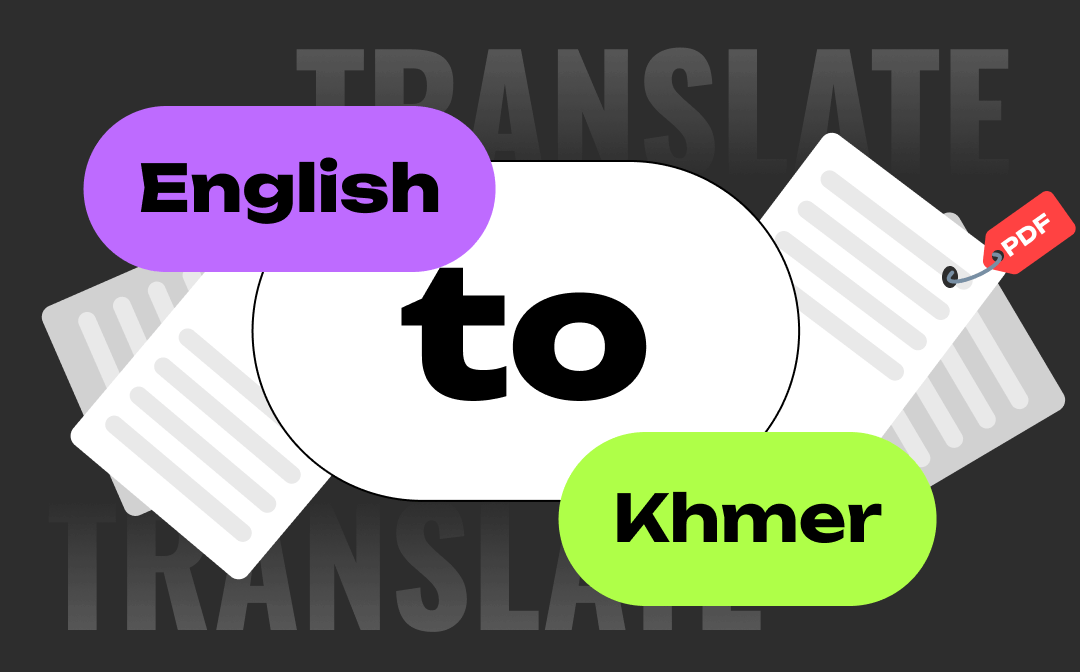
If you’re looking to get involved with transcribing Khmer documents, you need to hone certain skills. It’s not just about knowing the language; it’s much deeper than that. Here’s a breakdown of the essential skill sets you’ll need.
1. Key Linguistic Acumen
The foundation of effective transcription is having a strong grasp of the language. You must not only understand Khmer but also have a good command of English or another target language for translation. The nuances of language can greatly affect the meaning. Can you capture the essence behind words? Translation is like a bridge between cultures, and your linguistic skills will dictate how well you connect those worlds.
2. Typing Speed and Accuracy
What’s your typing speed? A good benchmark for aspiring transcribers is at least 60 words per minute with high accuracy. This skill isn’t just about speed, though. Accuracy is equally crucial. Even the smallest typo can change the meaning of a sentence. Practice often and set gradual goals for improvement. Consider online tools for enhancing your typing skills.
3. Familiarity with Khmer Cultural Nuances
Understanding culture is key. Every culture has its own set of traditions, idioms, and phrases. As a transcriber, you should be aware of Khmer cultural nuances to capture the subtleties in conversations. Think of it this way: without cultural context, words lose their richness. You’ll miss the deeper meanings that add value to your transcripts.
4. Software Tools and Resources
- OCR Tools: Optical Character Recognition (OCR) tools can be game-changers. They convert scanned documents into editable text.
- Transcription Software: Use software designed for transcription to help with audio files. It’s essential for efficiency.
Familiarize yourself with these tools; they’ll make your task much easier. The right software is like having a digital assistant that keeps you organized.
5. Continuous Learning
The field of transcription isn’t static. Attend workshops and courses regularly. Learning doesn’t stop. It evolves. Engaging with experts and fellow volunteers can provide insights that books sometimes can’t. Plus, it’s a great way to network.
“Every keystroke is a puzzle piece that completes the bigger picture of our culture.” Rachana Phun
While core skills focus on understanding Khmer, enhancing your typing and editing capabilities can yield even better results.
In a realm where words matter immensely, pay close attention to every detail. Each skill contributes to a greater whole, preparing you to be a profoundly effective transcription volunteer.
Finding Volunteer Opportunities and Organizations
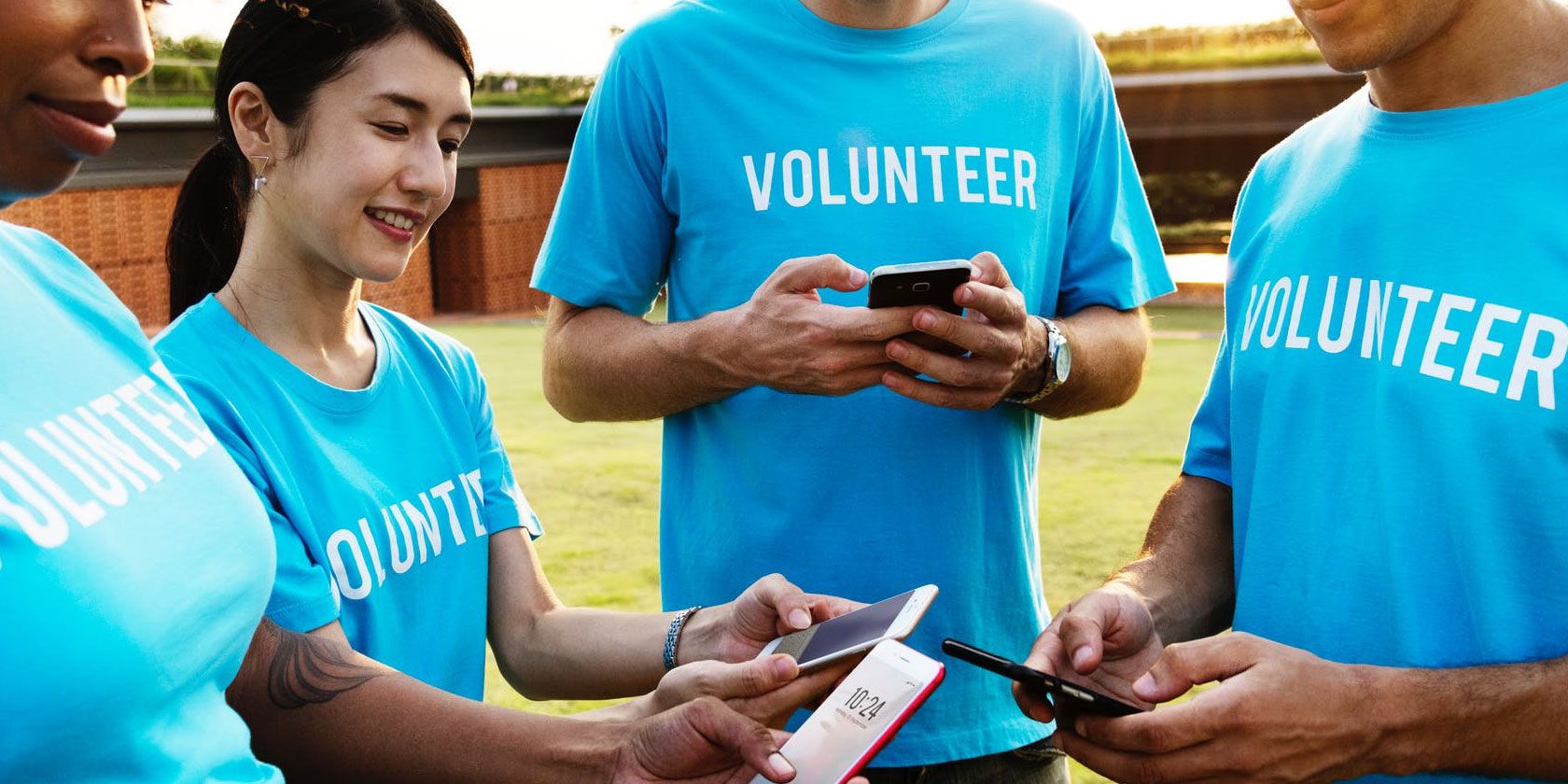
Volunteering is a fantastic way to make a difference. It allows you to engage directly with different communities and causes. But how do you find those perfect opportunities? Let’s dive into this together.
1. Researching Local and International Organizations
Your first step is to research organizations around you. You can start by checking local websites or community boards. Look for NGOs that align with your interests. Many organizations focus on cultural preservation, education, or community service. Did you know that there are over 150 NGOs dedicated to cultural preservation worldwide?
| Type of Organization | Focus Area | Number of NGOs |
| NGOs | Cultural Preservation | 150+ |
2. How to Approach Organizations with Offers to Help
Once you find an organization, the next step is to reach out. You might wonder, how should you approach them. Start with a polite email. Introduce yourself and express your interest in volunteering. Highlight relevant skills or experiences. Remember, be genuine.
3. Examples of Successful Volunteer Outreach
Some people have had great success through simple, friendly emails. For instance, Sarah, a historian, reached out to a local heritage organization. She mentioned her background and offered to assist with upcoming events. The organization welcomed her with open arms! By being proactive, she carved out her volunteering path.
4. Utilizing Social Media for Volunteer Engagement
Social media can be a powerful tool. Platforms like Facebook, LinkedIn, and Instagram often have groups focused on volunteer opportunities. Follow organizations you admire. Join relevant groups. You never know when an exciting opportunity will pop up in your feed!
5. Network Building Within Transcribing Communities
Networking is essential, especially in fields like transcribing. Attend workshops or online webinars. Join local meetups. Connect with fellow volunteers. You’ll find that building relationships can lead to unexpected opportunities.
Finding the right fit can often expose you to fantastic stories and people. This makes the transcription process even more enriching and enjoyable.
“The first step is not just to find opportunities but to create them.” Mandalay Somogh
By taking these steps, you can enhance your volunteering experience. Start with research, then reach out, and keep the connections alive through social media and networking. Happy volunteering!
The Transcription Process: Step by Step

Diving into the transcription process can seem daunting. However, a clear understanding of its phases can demystify it. You may wonder, what’s the secret to effective transcription? Let’s break it down step by step.
1. Understanding Transcription Phases
Transcription primarily involves three main phases:
- Preparation: This includes gathering materials and setting up your workspace. Are your tools ready? Having a clean workspace makes a significant difference.
- Transcribing: Here is where the fun begins. You listen to audio or read documents, converting them into written text.
- Revision: Finally, review your work. This is crucial. As Chenda Mark says,
“Transcribing is not just writing; it’s about capturing the essence of a piece.”
2. Real-life Examples
Consider transcribing a historic speech. You need accuracy, as every word holds meaning. If you mix up the words or phrases, you risk altering history. Such is the burden but also the beauty of transcription.
3. Common Pitfalls and How to Avoid Them
It’s easy to fall into traps like:
- Distractions: Your environment matters. Choose a quiet spot, free from interruptions.
- Pace Issues: Some recordings may be fast. Slow down your playback if needed.
- Skipping Steps: Always follow your checklist. Omitting steps can lead to errors.
4. Tools to Enhance Productivity
Many tools can help streamline the transcription process. For instance:
- Transcription Software: Programs like Otter.ai or Descript can automate parts of the process.
- Foot Pedals: These devices allow you to control audio playback while keeping your hands free.
- Text Expanders: Save time with shortcuts for frequently used phrases.
5. The Importance of Revising and Peer Reviews
Revising your work is vital. Mistakes can creep in, especially in complex documents. Having a peer review of your transcription can provide valuable insights. They offer another set of eyes to catch what you may have missed.
Creating a checklist is beneficial to ensure you cover all steps in the transcription process. Drawing from feedback from experienced transcribers on best practices can also enhance your skills. With each document, you refine your approach, balancing speed with accuracy.
Building a Community Around Transcription

Are you looking to connect with other transcribers? Building a community can transform your transcription work into something meaningful. It’s not just about words; it’s about connection and shared experiences.
Creating Connections with Other Transcribers
- Networking is vital. Finding those who understand your experiences makes your journey smoother.
- Consider joining online forums or communities, like Facebook groups tailored for transcribers. These spaces allow for the exchange of tips and advice.
Think about it: how often do you feel alone in your transcription tasks? In these virtual communities, you’ll find people who share your struggles. This can lead to not only professional growth but also friendships.
The Power of Sharing Experiences and Anecdotes
Sharing personal stories is powerful. It builds trust and empathy. Plus, hearing how others tackle common challenges can inspire you. Have you faced a tough transcription project? Likely, someone else has too.
“Community isn’t just a word; it’s our strength in preserving the stories we encounter.” Narin Chhay
Organizing Meet-Ups or Virtual Forums
Organizing events can strengthen your community even more. This could be anything from local meet-ups to online discussions. Imagine a virtual coffee chat where transcribers share insights and techniques sounds fun, right?
Engaging with the Khmer Community for Cultural Immersion
If you focus on Khmer transcription, engaging with the local community is essential. Attend cultural events or participate in discussions related to their stories. This deep immersion improves your understanding and enhances the quality of your work.
Promoting the Importance of This Work Through Social Media
Don’t underestimate the power of social media. Use platforms to share your transcription journey. Post about the challenges, successes, and the people you meet along the way. It creates awareness about the importance of transcription work.
Think about how it makes you feel when you see someone else celebrating their wins. You can provide that encouragement. Every post can inspire another volunteer to join this crucial work. The community aspect provides not just support but also emotional fulfillment as volunteers share their collective journey of enriching lives through words.
Overcoming Challenges in Document Transcription
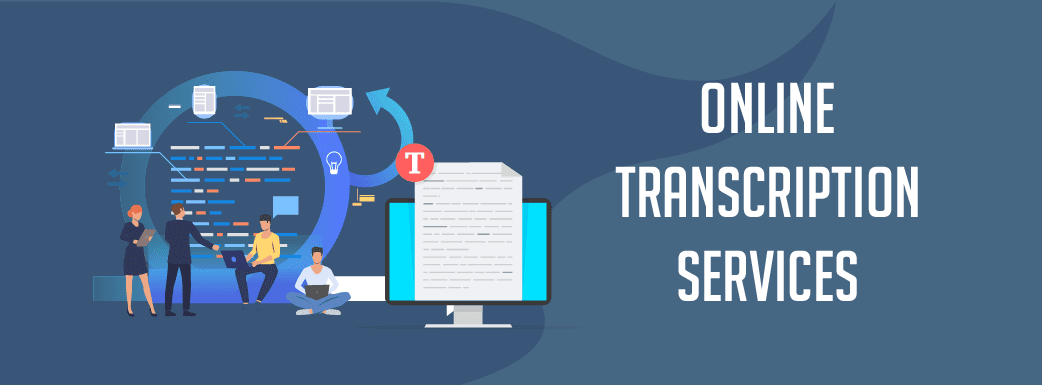
Common Hurdles Faced by Volunteers
Many volunteers who take on document transcription often encounter several challenges. Some of these hurdles include:
- Difficulty with handwriting: Not all documents are typed. Uneven and faded handwriting can make reading almost impossible.
- Complex terminology: Different fields use jargon that might not be familiar. This can lead to errors if terms are misunderstood.
- Emotional weight: Many documents tell heart-wrenching stories. It’s tough to concentrate when you’re absorbing such heavy material.
Personal Stories of Resilience
Consider the story of Jenny, a volunteer who worked on a collection of letters from World War II veterans. Each letter transported her into another era. Initially, she found it overwhelming. Understanding the pain and sacrifices expressed on the pages was tough. But through this journey, Jenny respected history, not only understanding it but also learning more about herself.
Stories like Jenny’s highlight that you are not alone. Many volunteers have faced the shadows of the documents they transcribe and have emerged stronger.
Developing a Strategy to Tackle Difficult Documents
Creating a plan is essential. Start by serving a purpose. Ask yourself, “What is the importance of this text?” Then, break the task into smaller pieces. Here’s how:
- Read first: Skim through the document to grasp its themes.
- Note down facts: Start with dates, names, or places that stand out easily.
- Take breaks: Allow your mind to rest. Continuous focus can lead to burnout.
Processing Emotional Responses to Content
It’s natural to feel emotional when confronting difficult material. Don’t ignore your feelings. Talk about it. Seek support from fellow volunteers. Processing these responses can lead to a newfound strength. As Vannak Top wisely said,
“Challenging documents are often the ones that hold the most stories worth telling.”
Resources for Additional Support
There are numerous resources available for transcription volunteers. Whether you need emotional support or practical advice, here are some options to consider:
- Online communities: Join forums or social media groups focused on document transcription.
- Support hotlines: If you face emotional distress, don’t hesitate to reach out to mental health professionals.
- Workshops: Look for community workshops that focus on document handling and transcription.
Embracing the challenges faced during transcription can lead to profound growth, as volunteers learn to navigate the emotional weight of the documents they work with.
Conclusion: The Legacy You Leave Behind
As we wrap up our discussion on transcribing Khmer documents, it’s essential to reflect on the importance of volunteering. Why does volunteering matter? It enables you to make a tangible impact within your community. When you give your time, you not only help preserve vital cultural narratives but also enrich your personal life. The benefits of volunteering go beyond the immediate; they ripple outward, touching many lives.
The Interconnection of Personal Growth and Community Impact
Your personal growth is linked to the contributions you make to your community. Think of it like planting a tree. The more you nurture it, the stronger it grows. Each effort you put into transcribing Khmer documents not only supports cultural preservation but also helps you develop new skills like critical thinking and attention to detail. Plus, you gain unique insights into the rich tapestry of Khmer culture.
Encouragement for Prospective Transcribers
If you’re considering joining this journey as a transcriber, I encourage you to take that leap. You have the opportunity to be part of something greater than yourself. You help shape the legacy that future generations will rely on. Remember, “What we preserve today, shapes the conversations of tomorrow.” Sophal Cheng. Can you imagine being a key part of someone’s story? You can!
Final Thoughts on Making a Difference
Every contribution matters, no matter how small it seems. Each transcriber plays a vital role in contributing not just to the preservation of Khmer documents but also to the uninterrupted flow of their narrative into the future. Making a difference can start with a single act of kindness, like volunteering your time.
Delving Deeper into Khmer Culture
Lastly, I invite you to delve deeper into Khmer culture. Explore its rich traditions, stories, and values. The more you learn, the better equipped you become to share this knowledge with others. Imagine being a bridge between the past and the future, ensuring that these unique stories remain alive and accessible.
Ultimately, your legacy as a transcriber is about more than just documents. It’s about preserving cultural narratives, building connections, and inspiring generations to come. Let’s carry forward this meaningful journey together.





